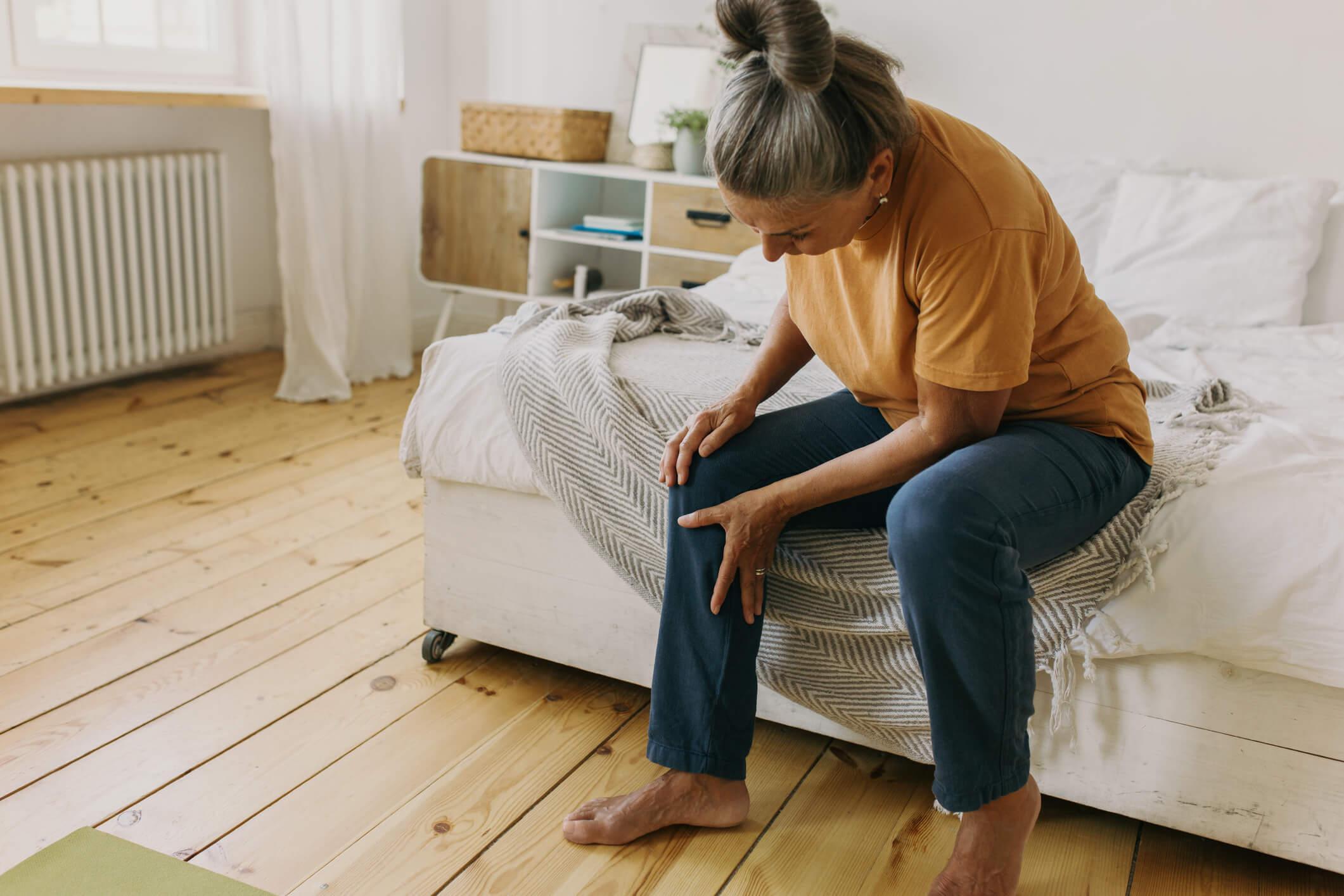As the temperature drops and winter settles in, many people struggle with increased body aches and joint pain. It's a common experience to feel more discomfort during the colder months, and while it may seem like a simple coincidence, there's more to this phenomenon than meets the eye.
Table of Contents
Why Do My Joints Hurt When It's Cold?
When the weather turns cold, the body's response includes constricting nerves and blood vessels in the arms and legs. This natural reaction aims to conserve heat and maintain core body temperature but can also lead to decreased blood flow and circulation in the extremities. Reduced circulation means that joints receive less oxygen and nutrients, making them stiffer and more prone to pain. The cold weather may also cause joint tissues to contract, further contributing to stiffness and discomfort.
Another factor at play is the change in barometric pressure, which often accompanies colder weather. As the barometric pressure drops, it can increase joint pain for some individuals. Lower pressure can cause the tissues around the joints to expand, creating additional pressure and discomfort. This effect can be particularly noticeable in those who suffer from arthritis, as the increased pressure may aggravate existing inflammation and pain.
Additionally, cold weather often discourages people from staying active, contributing to increased joint pain. When it's cold outside, people tend to exercise less, leading to a decline in muscle strength and flexibility. This reduction in physical activity can result in stiffer joints and a greater susceptibility to pain. Moreover, a lack of movement can lead to muscle atrophy, making it harder for the body to support and cushion the joints effectively.
Strategies to Manage Body Aches and Joint Pain in Winter
Cold weather can intensify joint pain and stiffness, but with the right strategies, you can reduce discomfort and keep moving through the winter months.
Dressing Warmly
Dressing warmly is one of the simplest and most effective ways to protect your joints from the cold. Layering clothing helps trap heat and provides insulation, keeping your body temperature stable. Focus on covering vulnerable areas like your knees, elbows, and hands, where joint pain may be more prominent.
Staying Active
Maintaining regular movement is crucial for keeping your joints flexible and your muscles strong, even when it's cold outside. Exercise helps prevent stiffness by encouraging blood flow to your joints. If outdoor activities aren't feasible, consider indoor options like walking on a treadmill, swimming in heated pools, or engaging in gentle yoga.
Using Heat Therapy
Heat therapy can be especially soothing during the winter months, providing relief from stiff and achy joints. Applying heat helps relax muscles and increase circulation, which can reduce joint pain. Consider using heating pads on affected joints or taking warm baths to ease discomfort.
Maintaining a Healthy Lifestyle
A healthy lifestyle is essential in managing joint pain and minimizing its impact during colder months. Eating a balanced diet that includes anti-inflammatory foods, such as fruits, vegetables, and omega-3-rich fish, can help reduce joint inflammation.
Concerned About Your Joint Pain? Visit AFC Malden MA
If cold weather is causing you increased joint pain or body aches, it's important not to suffer in silence. At AFC Malden MA, our healthcare providers are here to help you find relief. AFC is committed to helping you maintain your health and mobility, no matter the season.
Don't let joint pain keep you from enjoying life visit your nearest AFC Malden MA clinic location today for expert patient care and support.



